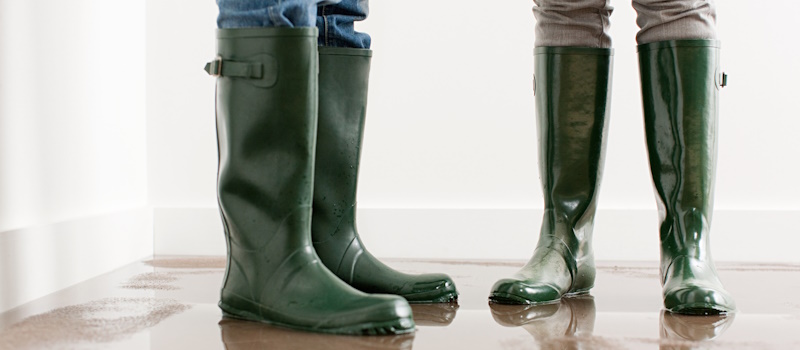What's Covered in My Home After a Flood?
What's Covered in My Home After a Flood?

What's Covered in My Home After a Flood?
Do you live in a designated floodplain? If so, then you may be required by your mortgage lender to carry flood insurance through FEMA's National Flood Insurance Program (NFIP). But even if you don't reside in a flood zone, it's a good idea to have coverage. After all, floodwaters can be unpredictable—and damage can occur even in low-risk regions.
So, what exactly is flood insurance and what does it cover? Having a better understanding of this unique type of coverage will help you better protect what matters to you.
A Note About Homeowner's Insurance
First, understand that a traditional homeowner's (or renter's) insurance policy alone will not cover damage related to flooding. All too often, homeowners mistakenly assume that their property insurance covers flooding because the policy includes coverage for "water damage." In almost all cases, this coverage only provides reimbursement for damage associated with internal sources of water, such as a sudden pipe burst or malfunctioning appliance (like a dishwasher).
What's Covered By Flood Insurance
Enter flood insurance, a specific type of policy that's designed to protect against damage related to heavy rain and flooding (including flash floods).
There are two types of flood insurance: building coverage and personal contents coverage. Building coverage protects the physical structure of a home (including its foundation and major components, like HVAC systems) and will help pay for repairs or total replacement in the event of a flood. In most cases, flood coverage also applies to attached and detached garages.
Personal contents coverage, on the other hand, extends protection to belongings such as furniture, electronics, and clothing.
What's Not Covered By Flood Insurance
While flood insurance does provide a lot of protection against damage and expenses associated with flooding, there are some exclusions to keep in mind. In general, flood insurance will not pay for mold remediation that is considered preventable. For example, if a home flooded and the homeowner didn't take reasonable action to clean and dry out the property, flood insurance will not cover damage caused by lingering moisture and mold.
Likewise, flood insurance typically will not cover additional living expenses (such as temporary housing) while residents are unable to occupy the property. The same applies to any vehicles that may have been left on the property or any personal belongings left outside of the insured dwelling itself.
In many cases, a flood policy will also exclude any personal belongings that were left in the basement of a home. Whenever it's safely possible to do so, it's important to move valuables from a basement to the highest level in a home in preparation for a flood.
Check Your Insurance Coverage Today
Flood insurance can give homeowners some much-needed peace of mind—especially for those who live in known flood zones. If you're interested in purchasing flood insurance coverage or want to make sure your current policy is best serving your needs, an experienced and knowledgeable agent would be happy to help. Get in touch today to get started.
